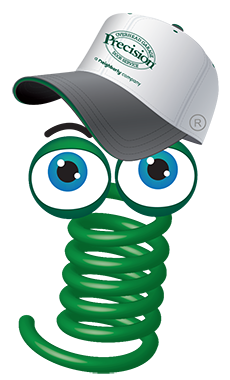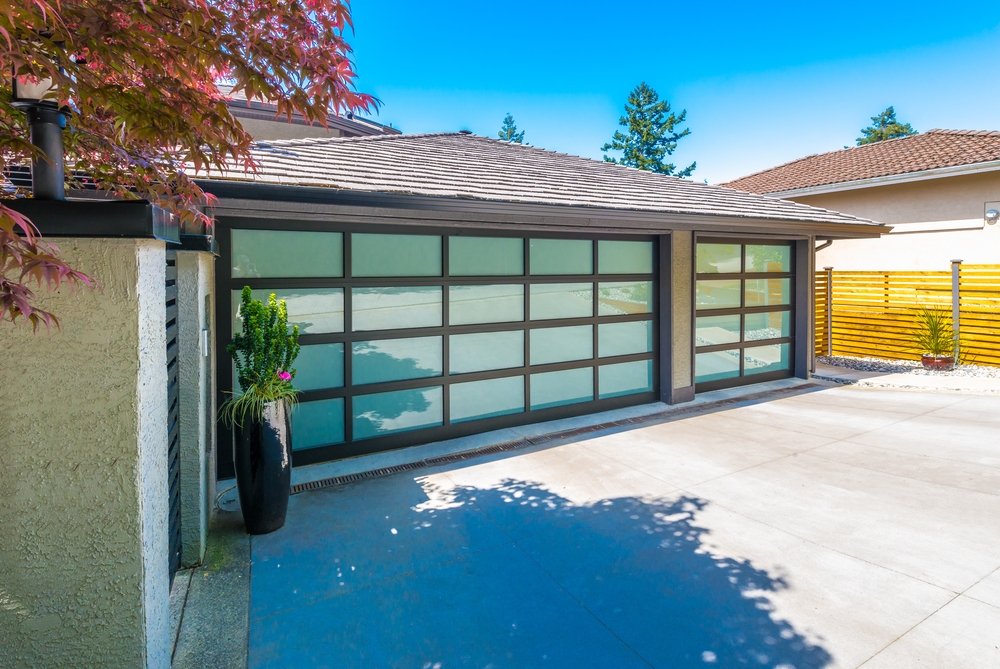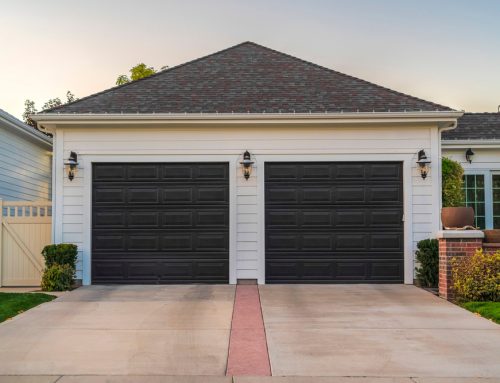Safety Sensor Alignment Issues: What to Know
5 Commonplace Safety Sensor Alignment Issues
Today, there are a few different types of smart home security products. One such device is garage doors that use a sensor to detect someone outside the door for it to be opened or closed safely. These safety sensors are a significant step toward making your garage safer. They employ an infrared radio signal to turn on an electric motor. The motor engages a track-and-pulley system, which opens or closes the door. The safety sensors are designed to detect if people are in the door’s path and will automatically stop it from closing or opening.
You must know how your safety sensors work, so you can make sure they are working properly. If they’re not aligned correctly, you may be putting your family at risk of injury if the sensors fail to engage. The following discusses some common safety sensor alignment issues and tips to help you address them.
1. Sensor Positioning
There is a specific position at which safety sensors should be placed for them to work correctly. A typical sensor is positioned at the midpoint of the garage door, near the middle of the track. This ensures that it can detect when anyone is standing in front of it before it closes. Ensure your sensors are positioned according to the manufacturer’s recommendations to ensure optimum safety. The sensors should be placed to read the area at the door’s maximum height.
2. Sensor Range Issues
Your safety sensors should have an excellent range to detect people and objects nearby. The sensors should have enough range to detect people when they are outside the door, but not so far. This will prevent the door from closing or opening before it is needed. Poor alignment can cause your safety sensors to have a range that is too long or too short. This causes them to fail. Have a professional inspect your garage doors in Los Angeles. They will ensure your sensors have a good range and are positioned correctly. They may also advise you on the best ways to make adjustments, so your safety sensors can be optimized.
3. Sensors Interacting With Each Other
As with any other system, the safety sensors should not be on the same track. They may be triggered by each other, which will cause the door to open or close when they are not supposed to. This can also cause them to fail if placed on the wrong track. A SoCal garage door installation technician should help you fix these issues. They can ensure the sensors are not set too close together or positioned in a way to interfere with each other. The track can also be adjusted to avoid conflict between the two sensors. It’s also essential to ensure enough clearance between the two sensors.
4. Sensor Orientation
You will want to make sure your safety sensors are correctly oriented. This means that their detection pattern is pointing in the correct direction. They should be able to detect people in their path and must be positioned correctly so they don’t detect other things that may set them off unnecessarily. Check the sensor orientation by using a tester or an app on your smartphone. If it’s not working correctly, you may need a technician to realign them. The sensors may have been turned incorrectly, which will cause them to fail. They can also be moved if required.
5. Sensor Failure
The time a sensor will last may vary from one model to another. Poor alignment may also cause your safety sensors to fail prematurely. It is crucial to ensure your sensors are aligned correctly to work properly and last longer. A SoCal garage door technician will inspect your sensors and ensure they last as long as possible. Install new sensors at the same time that you install a garage door. The sensors should be coupled with a backup safety device and a manual release in case the sensors fail.
You can ensure your door is safe and working correctly by making a few adjustments. If you are unsure how to fix these problems or want help with garage door spring installation, consider hiring a professional and have them make the adjustments for you.






